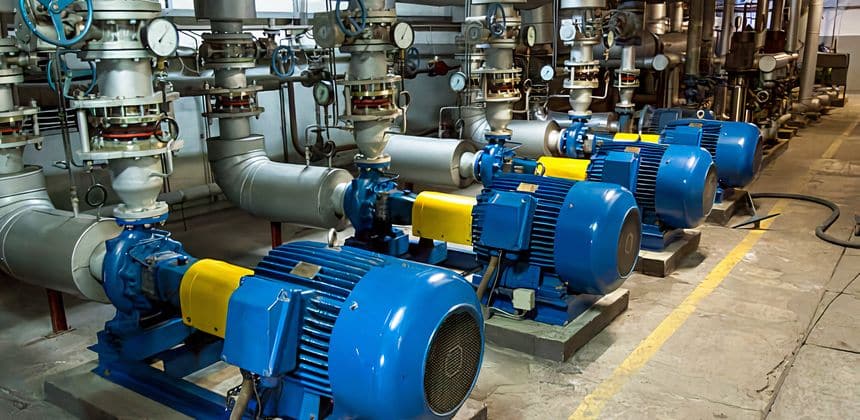Horizontal Pump
Horizontal pumps are widely used not only to ensure stable water supply and drainage, but also to increase the efficiency of industrial production. They provide efficient and reliable solutions for fluid transfer and circulation processes in various industries. Horizontal pumps are widely used in various industries and their importance cannot be ignored.
Principle of operation of horizontal pumps
Basic working principle and operation of horizontal pumps
Horizontal pumps are generally centrifugal pumps that work by utilizing the centrifugal force generated by the rotation of the impeller to draw liquid from the low-pressure area into the pump and push it to the high-pressure area.
Centrifugal horizontal pumps operate as follows:
- Inhalation process: when the pump shaft drives the impeller to rotate, the liquid is sucked into the inlet of the pump. The rotation of the impeller generates centrifugal force, which accelerates the liquid and forms a low-pressure area, thus generating an attractive force to suck the liquid into the pump.
- Push process: As the liquid is pushed to the pump’s outlet, the rotation of the impeller accelerates the liquid and generates pressure so that the liquid flows out of the pump’s outlet and is transported to the desired location.
There are some other types of horizontal pumps such as diaphragm pumps and progressive cavity pumps. However, these types of pumps are not as common as centrifugal pumps.
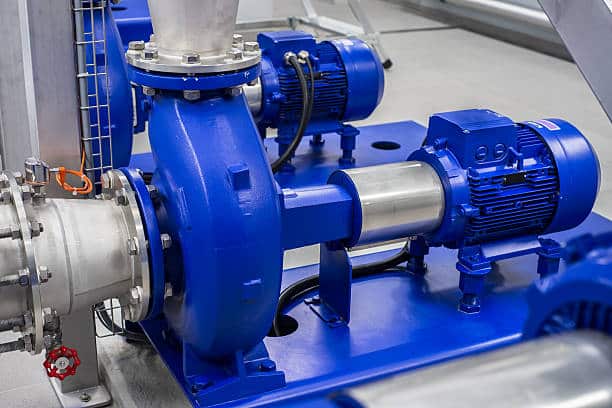
Different types of horizontal pumps
Centrifugal Pumps: Centrifugal pumps are the most common type of horizontal pump. Its impeller is usually located in the center of the pump and the liquid is pushed to the outlet of the pump as the impeller rotates. Centrifugal pumps are widely used in water supply, drainage and industrial processes.
Diaphragm pumps: Diaphragm pumps are a type of positive displacement pump that uses a diaphragm to move fluid. The diaphragm is alternately flexed by a mechanical actuator, creating a pumping action. The Electric Diaphragm (EODD) Pump can withstand abrasive particles and even dry rotation and is also an easy pump to service.
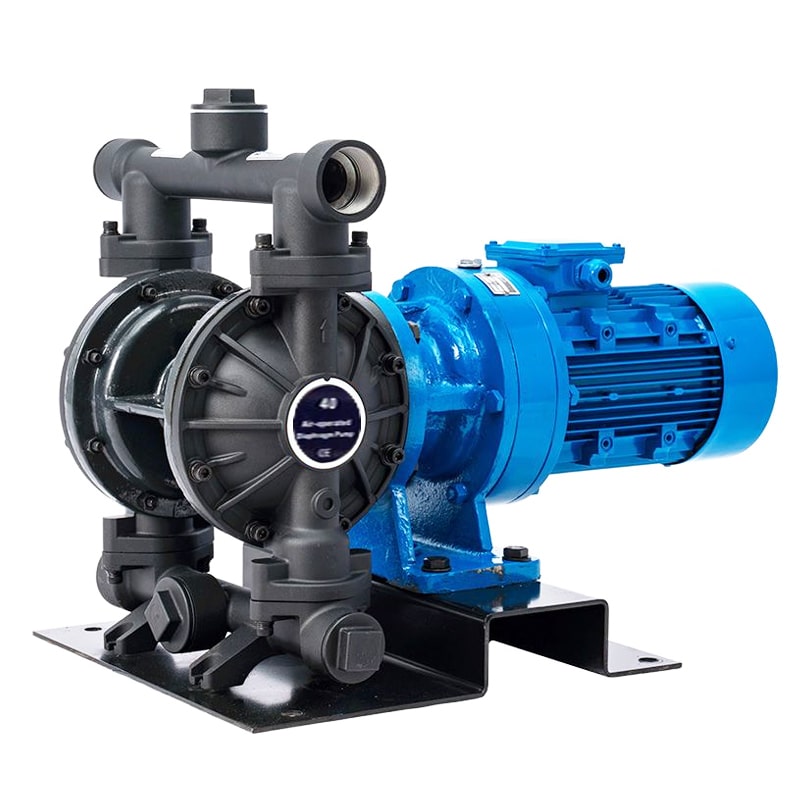
Screw Pumps: Screw pumps work by using a rotor with a series of chambers. As the rotor rotates, the chambers fill with liquid and then empty. This creates a continuous flow of liquid from the suction side of the pump to the discharge side.
Screw pumps are a versatile type of pump that can be used in a variety of applications. They are ideal for handling viscous fluids, slurries and solids. They also provide a smooth, constant flow rate.The Eccentric Screw Pump is an internally engaged, enclosed displacement pump due to the pump’s adaptability to media, smooth flow rate, and good suction performance.
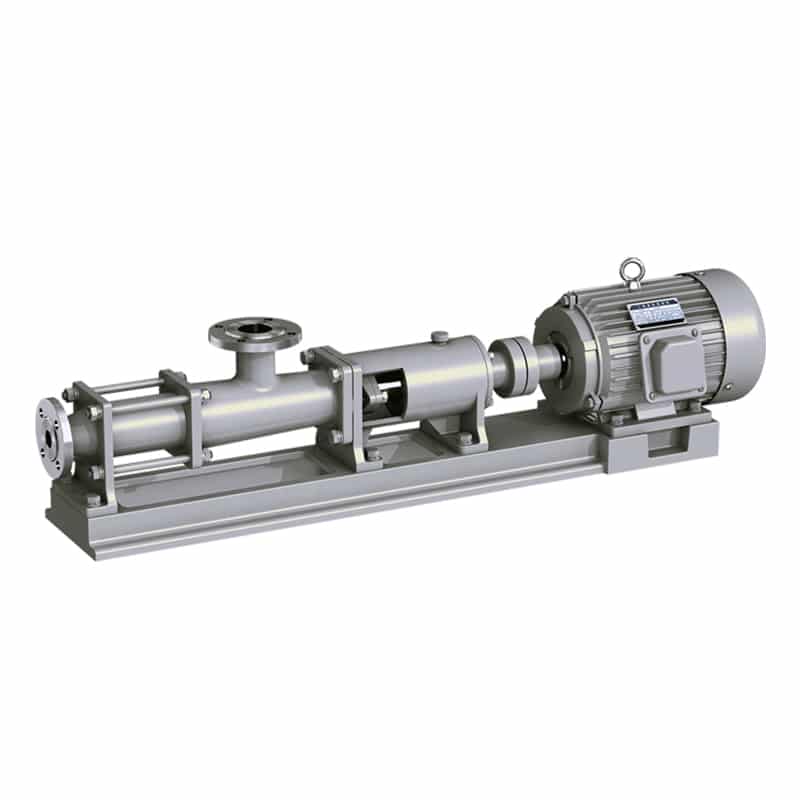
Multi-stage pumps: Multi-stage pumps are horizontal pumps consisting of multiple impellers in cascade. Each impeller pushes the liquid to the next impeller, thus increasing the overall pressure. Multi-stage pumps are used where higher pressures are required, such as water supply for high-rise buildings and high-pressure transfer in industrial processes. Multi-stage progressive cavity pumps have multiple rotors, which allows them to produce higher heads than single-stage pumps. They are often used in applications where liquids need to be pumped to high altitudes.
Gear pumps: Gear pumps are a type of positive displacement pump that uses two gears to move fluid. The gears mesh together and rotate, trapping fluid between them. As the gears rotate, the fluid is forced out of the pump.
Vane pumps: Vane pumps are a type of positive displacement pump that uses vanes to move fluid. The vanes are located in a rotor that rotates within a housing. As the rotor rotates, the vanes are forced against the housing, trapping fluid between them. As the rotor continues to rotate, the fluid is forced out of the pump.
Design and construction of horizontal pumps
Horizontal pump structure and construction
Horizontal pumps are usually composed of the following key components (centrifugal pumps, for example):
- pump shaft: the pump shaft is the main axis connecting the motor and impeller, and the impeller is driven to rotate through the motor.
- Impeller: The impeller is a set of blades or propellers mounted on the pump shaft, which generate centrifugal force when they rotate and drive the liquid flow.
- Casing: The casing is a sealed container to hold the impeller and the liquid. As the impeller rotates, the liquid is drawn into the casing and is compressed and pushed to the outlet.
Effects of Horizontal Placement on Horizontal Pump Performance and Maintenance
Horizontal pumps are designed to be placed horizontally so that the inlet and outlet are on the same level, making installation and maintenance easier. Horizontal placement also reduces the change in the pump’s center of gravity, decreasing pump vibration and noise and improving operational stability. In addition, horizontal placement allows for a mechanical seal between the pump shaft and impeller, reducing the risk of leakage.
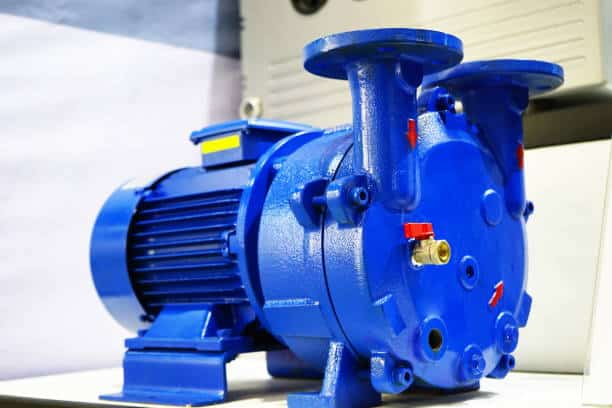
Horizontal pumps for water supply and drainage applications
The importance of horizontal pumps in water supply and drainage systems
Water supply and drainage systems are vital components of urban infrastructure. Horizontal pumps play a key role in both systems, ensuring that urban residents and industrial users receive high quality water supply and drainage services. The importance of horizontal pumps in water supply and drainage systems is described below:
- Water supply systems: Horizontal pumps are used to move water from a water source (e.g., a river, lake, or groundwater) to a city’s water supply station. These pumps are usually installed in water treatment plants, where water is extracted from the source and pre-treated before it is pushed to the city’s reservoirs, water towers, or directly to users for domestic and industrial use. Horizontal pumps in water supply systems ensure a steady supply of water to meet the demands of daily life and industrial production.
- Drainage systems: Urban drainage systems are used to collect and discharge rainwater and wastewater to prevent flooding and water logging within cities. Horizontal pumps are used in drainage systems to discharge rainwater and wastewater from low-lying areas, roads and buildings to wastewater treatment plants or surrounding water bodies. The work of these pumps ensures smooth drainage in cities to prevent flooding and environmental pollution.
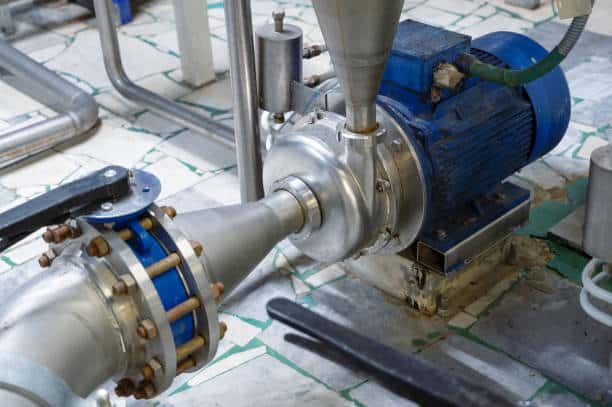
Horizontal pumps in the city water supply, sewage treatment and other aspects of the wide range of applications
- Urban Water Supply: Horizontal pumps are widely used in urban water supply systems. They are used for critical tasks such as pumping water, providing cooling water, treating sewage, and supplying water to water towers and ponds. The efficient operation of these pumps ensures a continuous and stable water supply to urban residents and industrial users.
- Wastewater Treatment: Horizontal pumps play a vital role in municipal wastewater treatment plants. They are used to pump wastewater from the collection tanks to the treatment units while discharging the treated clean water into the environment. The use of horizontal pumps ensures efficient and environmentally friendly sewage treatment.
Horizontal pumps for industrial applications
Horizontal pumps in petroleum, chemical, mining and other industrial applications
- Petroleum industry: Horizontal pumps are widely used in the process of oil extraction and transportation. They are used for pumping crude oil, refining and transportation in oil pipelines. These pumps are capable of handling high temperature and high viscosity media to ensure the stable operation of oil production and processing.
- Chemical industry: horizontal pumps play an important role in chemical production. They are used for conveying various chemicals and liquid raw materials such as acids, alkalis, solvents etc. The special design of these pumps ensures safe handling and transportation of chemicals.
- Mining Industry: Mining is an important area of resource development and horizontal pumps are widely used in mine drainage, tailings disposal and slurry transportation. These pumps are capable of handling media with high particle concentration to ensure smooth production in mines.
Horizontal pumps play a key role in industrial processes
Horizontal pumps play a key role in industrial processes, ensuring the transportation and handling of a wide range of liquid media. They are capable of adapting to different media and working conditions, providing stable and efficient flow and pressure. Common horizontal pumps used in industrial processes include centrifugal pumps, multi-stage pumps, progressive cavity pumps etc. These pumps ensure efficient transportation and handling of liquids in industrial production, and are essential for ensuring the smooth operation of industrial production.
Advantages and features of horizontal pumps
Advantages of horizontal pumps over other types of pumps
- Easy to install and maintain: Horizontal pumps are usually designed to be placed horizontally, making installation and maintenance easier. Since the main part of the pump is located on the ground, it can be easily accessed and maintained without the need to disassemble piping or remove the pump body.
- Efficient: Horizontal pumps are well-designed, with impellers and pump shafts configured for more efficient energy transfer. They are able to provide higher flow rates and pressures to meet the needs of different industries.
- Special environment applicability: Horizontal pumps are superior in special environments. For example, in industrial places, horizontal pumps are able to cope with extreme conditions such as high temperature, high pressure and corrosive media, ensuring stable operation and long-lasting service life.
Failure and maintenance of horizontal pumps
Common horizontal pump failures and maintenance methods
- Leakage: Poor sealing of the pump body or aging of the seals is the main cause of pump leakage. Timely replacement of seals or repair of sealing parts can solve the leakage problem.
- Clogging: Horizontal pumps are susceptible to clogging when the liquid contains solid particles or fibers. Regularly check and clean the pump body and suction port to avoid clogging.
- Water wheel corrosion: When the pump impeller is in contact with the fluid, it is subject to fluid impact and corrosion for a long time, resulting in impeller damage. Regularly check the impeller wear and replace the worn impeller in time to reduce pump damage.
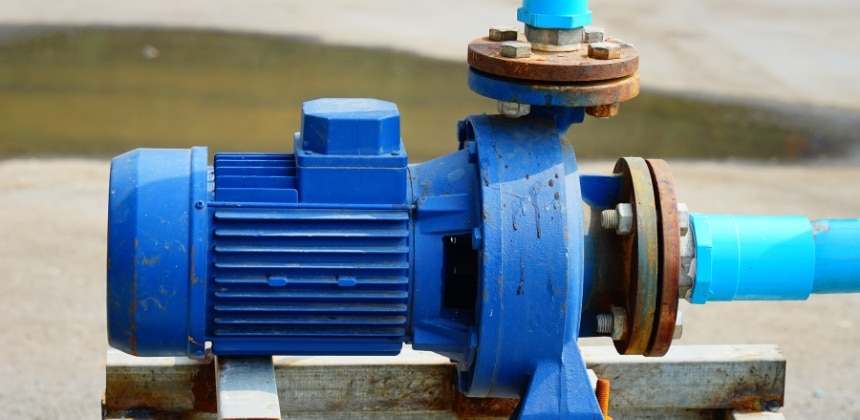
Maintenance methods and preventive measures
- Regular inspection: Regularly inspect the horizontal pump, find problems and deal with them in time to reduce the occurrence of failures.
- Regular cleaning: Regularly clean the pump body and suction port to avoid clogging and ensure the smooth operation of the pump.
- Wear detection: Regularly check the wear of the impeller, replace the worn impeller in time to extend the service life of the pump.
- Maintenance and lubrication: Regular maintenance and lubrication of the pump to ensure the normal operation of bearings and seals.
Summary
Horizontal pumps, as a kind of efficient and reliable pumping equipment, are widely used in water supply, drainage and industrial fields. Through in-depth understanding of its working principle, advantages and application cases, we can better understand the importance and value of horizontal pumps. Whether for urban water supply or industrial production, horizontal pumps make a great contribution to safeguarding the fluid transfer and circulation process.
AOBL is a fluid transfer specialist and incorporates our design philosophy into all of our pumps to save more space and increase equipment efficiency. We manufacture and assemble pumps that have served many countries and regions. We offer a wide variety of pumps including AODD pumps, EODD pumps, double diaphragm pumps, sanitary diaphragm pumps, filter press feed pumps, progressive cavity pumps, parts and accessories. Contact us to learn more about our horizontal pumps and how they can help you with your fluid transfer needs.

